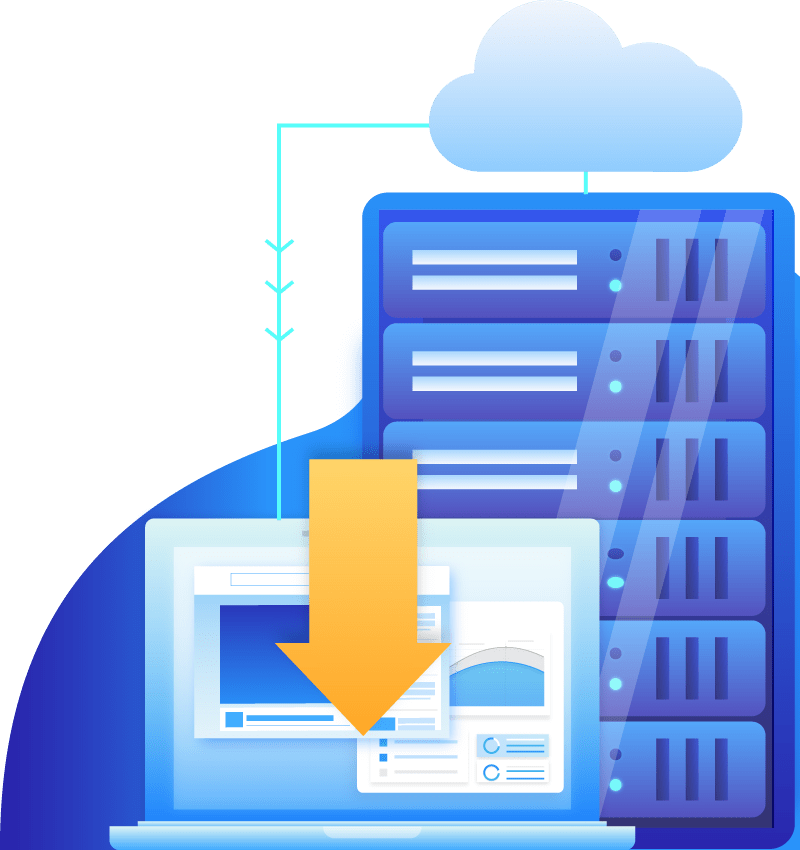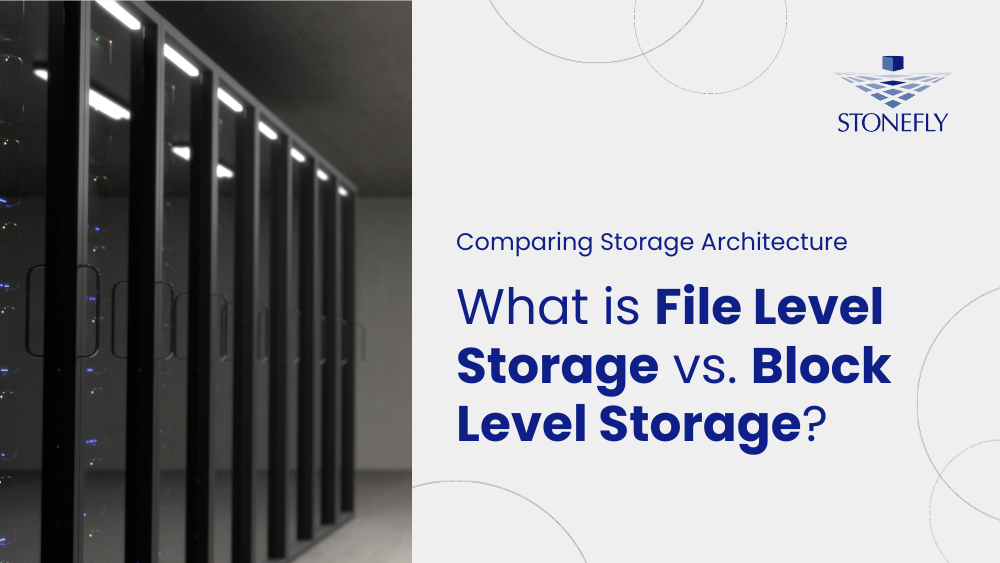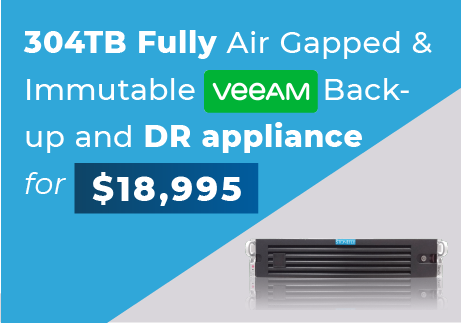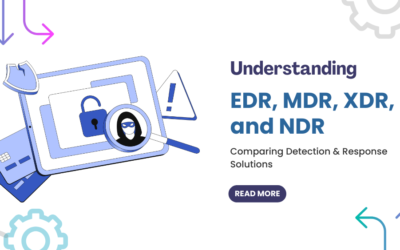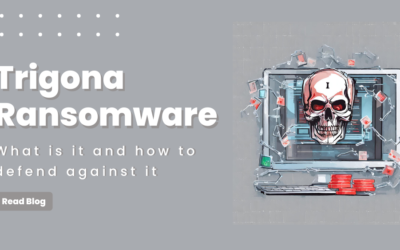In this section, we’ll share what file storage and block storage are and how they differ from one another so that you can choose the one that’s best suited for your needs.
What is Block Level Storage?
Block Storage Architecture
Block storage uses blocks, which are a set sequence of bytes, to store structured workloads. Each block is assigned a unique hash value which functions as an address. In block storage, the data is stored without any metadata e.g. data format, type, ownership, etc.
The ability to store data in blocks delivers structured workloads such as databases, applications, etc. the freedom to decide how blocks are accessed, combined, or modified. Consequently, this makes block storage faster than other storage.
Cost of Block Storage
As block storage is built to facilitate larger workloads and enhance Input/Output Operations per Second (IOPS), they tend to be more expensive than file storage systems. However, this greatly depends on the chosen vendor, specifications, features, cost of the storage operating system (OS), and several other variables.

Scalability of Block Storage
Block storage appliances can scale up; which means that you can choose to start with only a few terabytes of storage capacity and increase it to petabyte-scale as you go. Performance however, can be challenging to upgrade. Typical block storage systems, or SAN systems, do not facilitate performance increase and in order to add more performance, the go-to solution is a forklift upgrade.
However, with StoneFly Voyager SAN systems, you can not only add thousands of storage drives (with expansion arrays) but also increase performance by adding more storage controllers.
Use-Cases of Block Storage
What is File Level Storage?
File Storage Architecture
File storage, as opposed to block storage, stores data in a hierarchical architecture; as such that the data and its metadata are stored as is – in the form of files and folders. Consequently, the stored data appears in a similar fashion to both systems; the one writing it and the one reading it.
Cost of File Storage System(s)
In terms of cost, file storage systems are typically less costly than block storage. However, this greatly depends on the chosen vendor, specifications, features, cost of the storage operating system (OS), and several other variables.


Scalability of File Level Storage
Furthermore, file storage is dually scalable; which means it can scale up and scale out.
Scale up, as with block storage, is simply the expansion of file storage capacity. This can be done by connecting external storage arrays to on-premises file systems or by adding more storage resources to the virtual or cloud file storage.
Scale out is the ability to increase performance and storage capacity simultaneously by the addition of more file storage nodes. As each file storage node has integrated processor and storage drives, by adding more to the system the total processing capability and storage capacity increases in multiples.
For example, if a file storage system has one node then by adding another, the performance will increase to 2x and the storage capacity will also increase proportionally. Similarly, if another node is added, the performance and storage will increase to 3x; and so on.
Use-Cases of File Storage
StoneFly File Storage Solutions
The following StoneFly solutions are purpose-built for file storage:
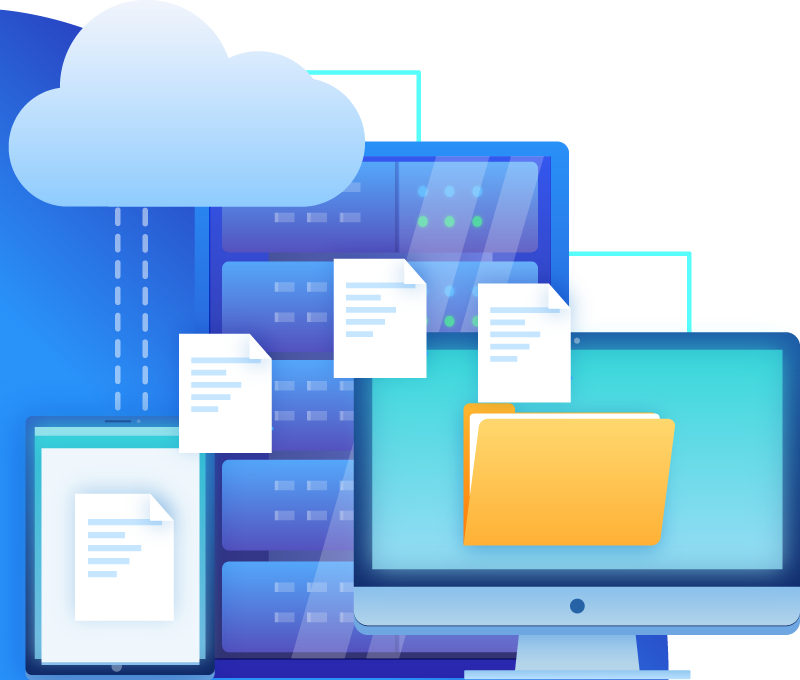
Block Level Storage & File Level Storage
One such example of unified block and file storage is StoneFly’s Unified Scale Out (USO).
Other StoneFly solutions, such as the USS, DR365V, and more, support file storage as an optional upgrade. For more information, visit the respective page of the solution or contact StoneFly pre-sales engineers by filling out the form at the bottom.
